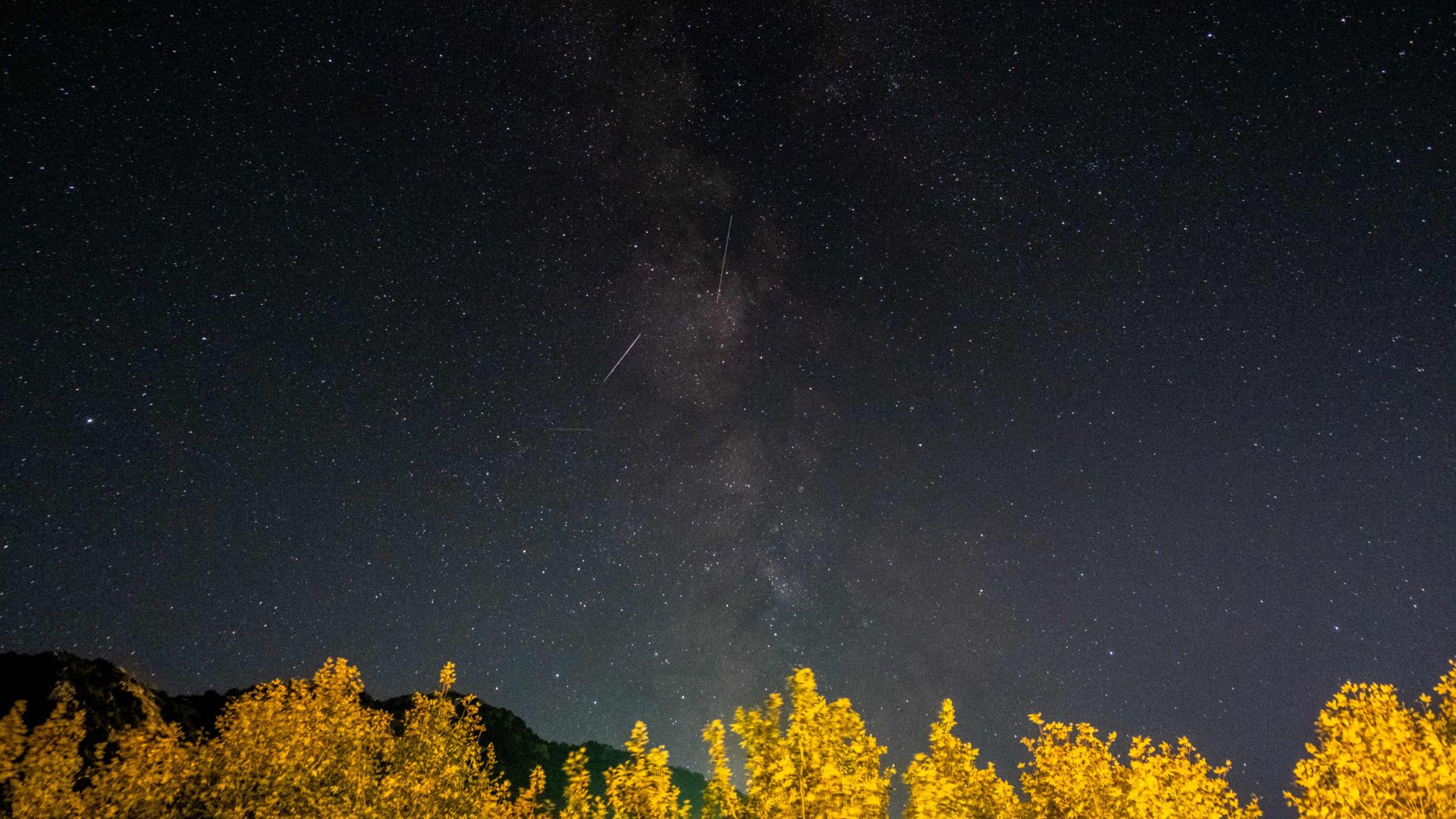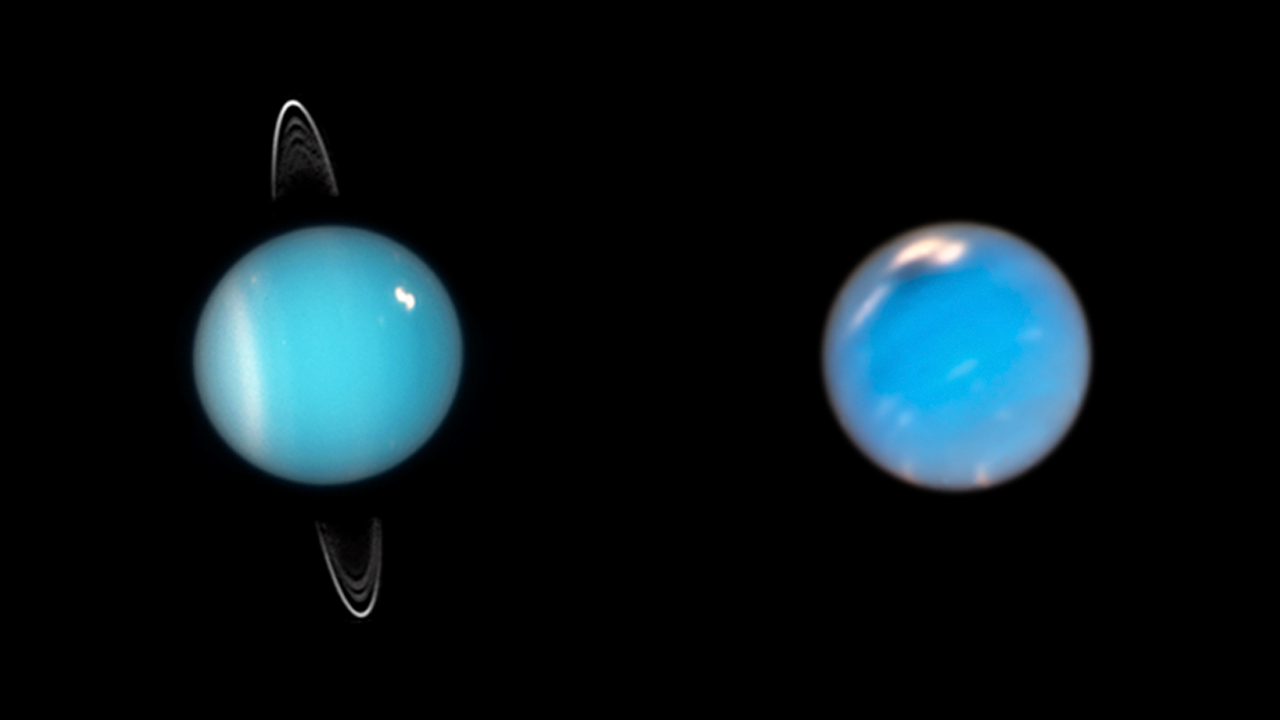Astronomers spotted a never-before-seen, bite-sized moon orbiting Uranus, bringing the ice giant’s follower count to 29. The moon is so small and faint—well below the detection threshold of NASA’s Voyager 2 probe—that scientists believe Uranus may host many more undiscovered, tiny moons.
The moon, provisionally named S/2025 U1, first entered the view of the James Webb Space Telescope (JWST) on February 2, 2025. Further imaging led by the Southwest Research Institute (SwRI) shows that it sits at the edge of Uranus’s inner rings, about 35,000 miles (56,000 kilometers) from its center in the planet’s equatorial plane.
Perhaps the most striking aspect of S/2025 U1 is its tiny size. Assuming it has a similar reflectivity to Uranus’s other moons, the object measures only about 6 miles (10 kilometers) across—roughly a quarter the length of a marathon.
“It’s a small moon but a significant discovery, which is something that even NASA’s Voyager 2 spacecraft didn’t see during its flyby nearly 40 years ago,” said Maryame El Moutamid, an SwRI scientist, in a NASA statement.
“No other planet has as many small inner moons as Uranus, and their complex interrelationships with the rings hint at a chaotic history that blurs the boundary between a ring system and a system of moons,” added Matthew Tiscareno of the SETI Institute, who participated in the discovery.

“Looking forward, the discovery of this moon underscores how modern astronomy continues to build upon the legacy of missions like Voyager 2, which flew past Uranus on Jan. 24, 1986, and gave humanity its first close-up look at this mysterious world,” said El Moutamid. “Now, nearly four decades later, the James Webb Space Telescope is pushing that frontier even farther.”
Not much is known about the moon’s exact composition, but the fact such a small object was hiding in orbit hints at the presence of even more moons like it, Tiscareno added. For the time being, the team is looking into the archives to find a suitable name for the moon, whose names mostly come from Shakespearean characters. Hopefully, we’ll soon hear about the new name, along with more details about this latest addition to the Uranus family.
Source link

